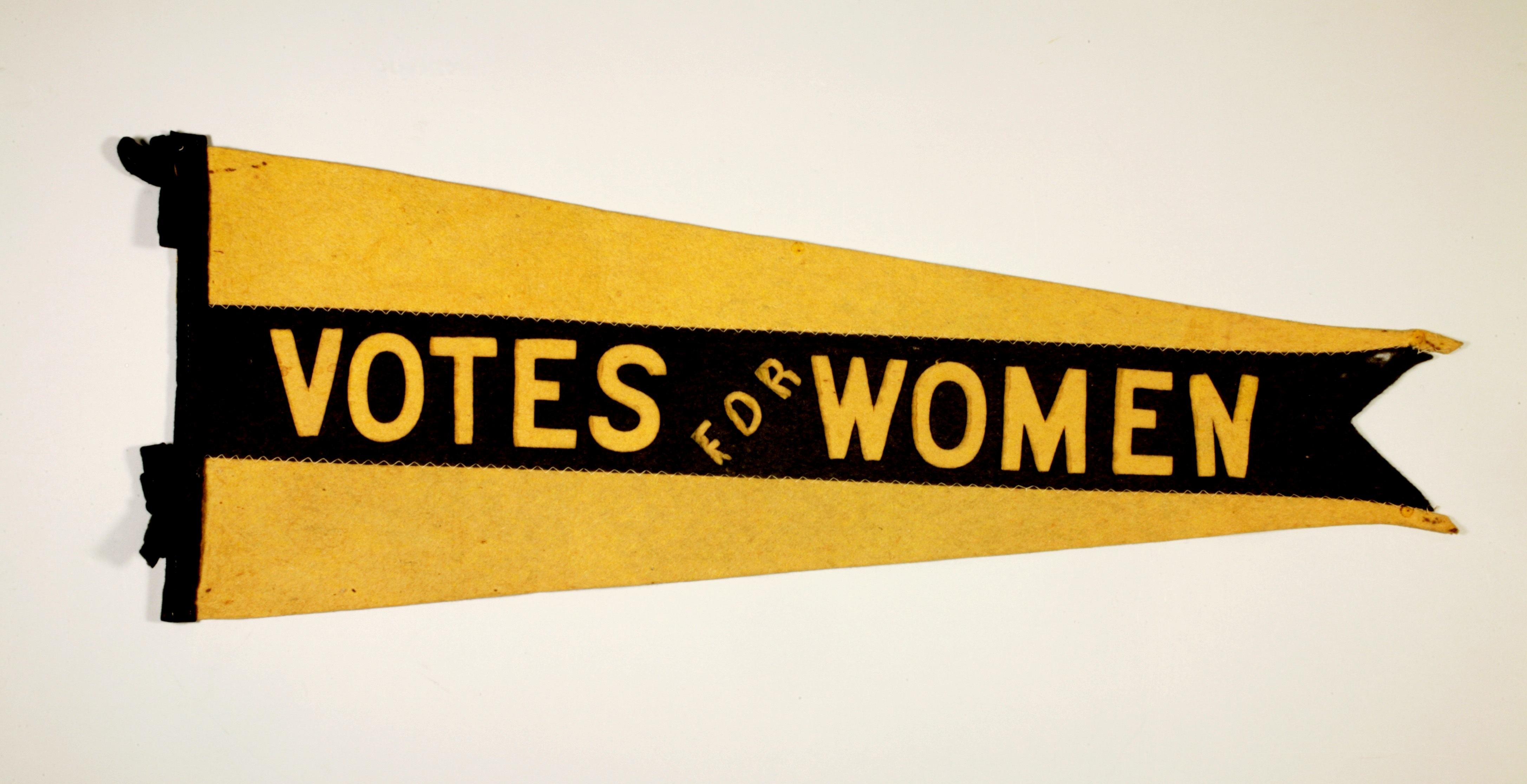Article
St. Joseph's Island Treaty (No. 11)
The St. Joseph’s Island Treaty of 1798 (also known as Treaty 11 in the Upper Canada numbering system) was an early land agreement between First Nations and British authorities in Upper Canada (later Ontario). It was one of a series of Upper Canada Land Surrenders. The St. Joseph’s Island Treaty encompassed all of St. Joseph’s Island, known as Payentanassin in Anishinaabemowin and today called St. Joseph Island. The 370 km2 island is situated at the northern end of Lake Huron, in the channel between Lakes Huron and Superior. The British needed a post in the area to protect their interests and maintain contact with Indigenous peoples of the region. The British also realized they would have to evacuate their post at Michilimackinac under the terms of Jay’s Treaty and needed an alternative location.











_(cropped).jpg)

